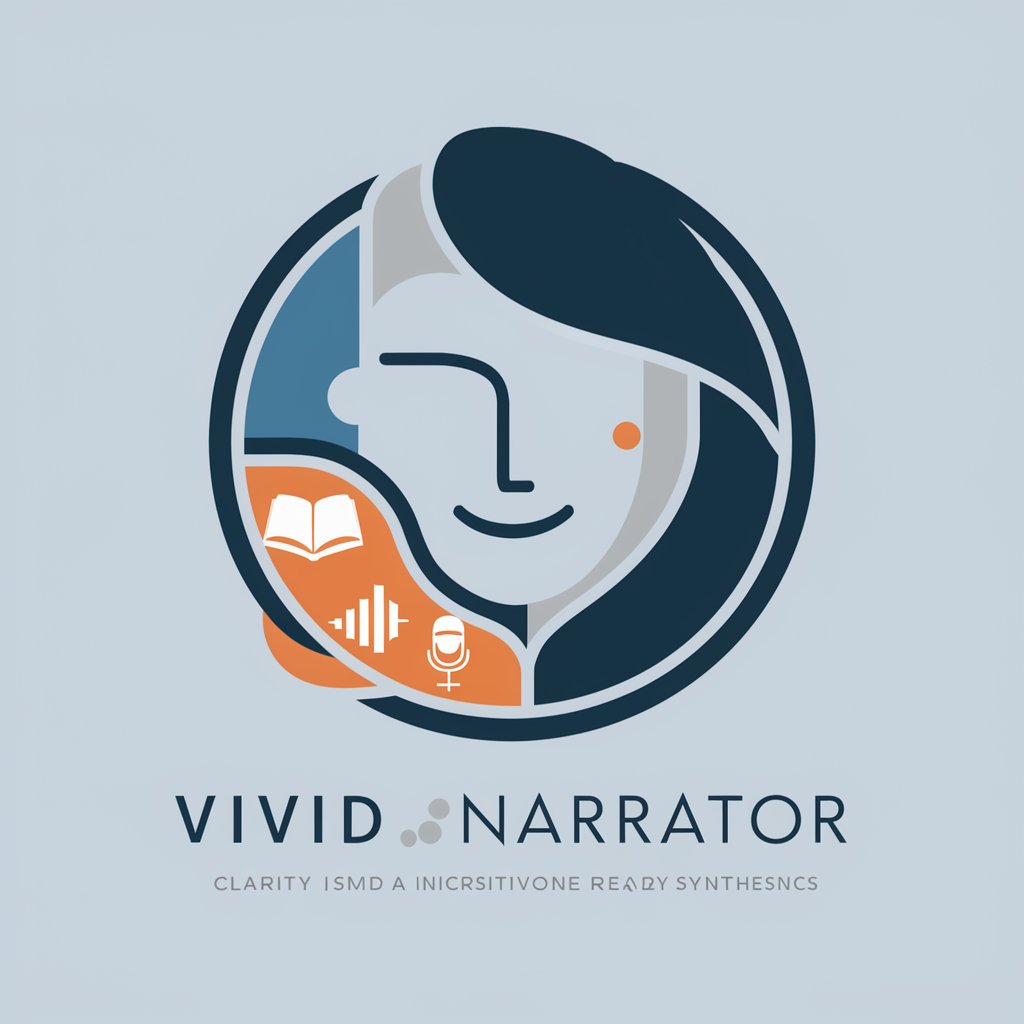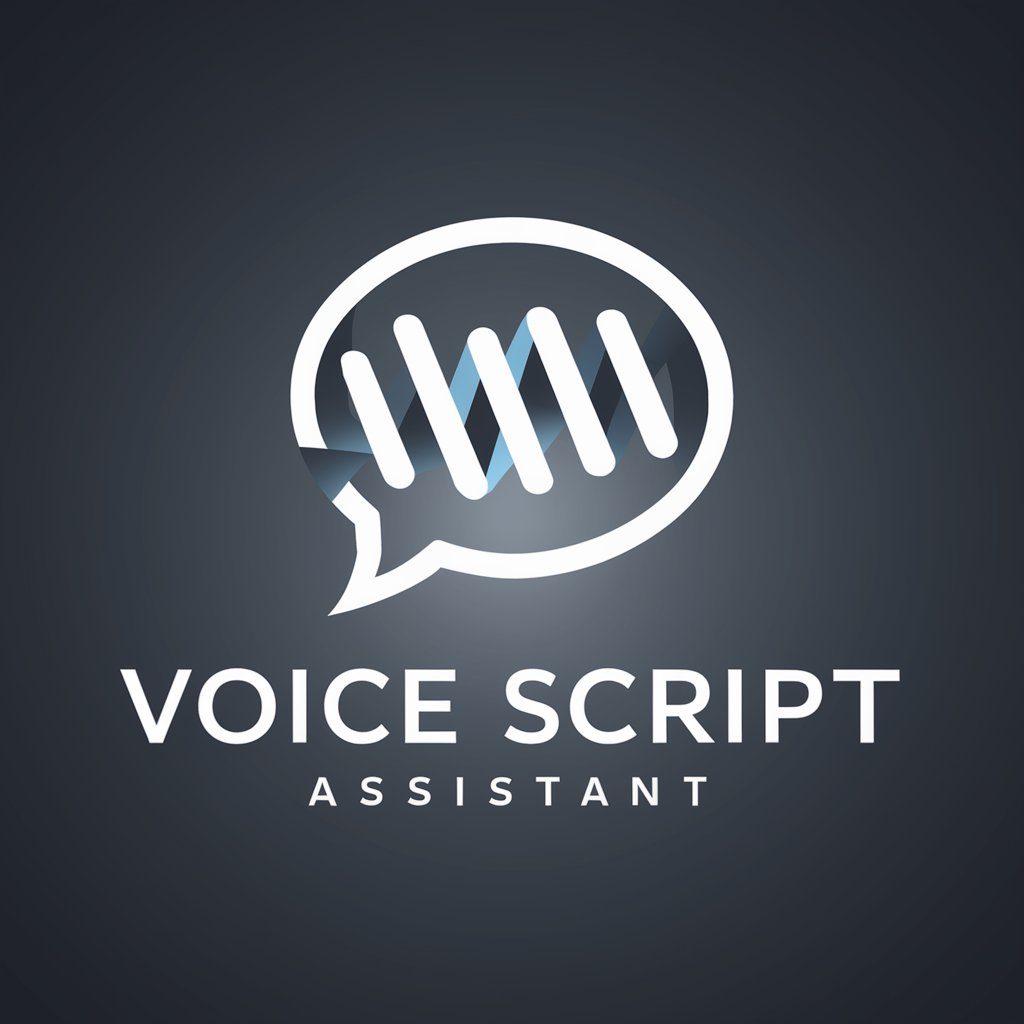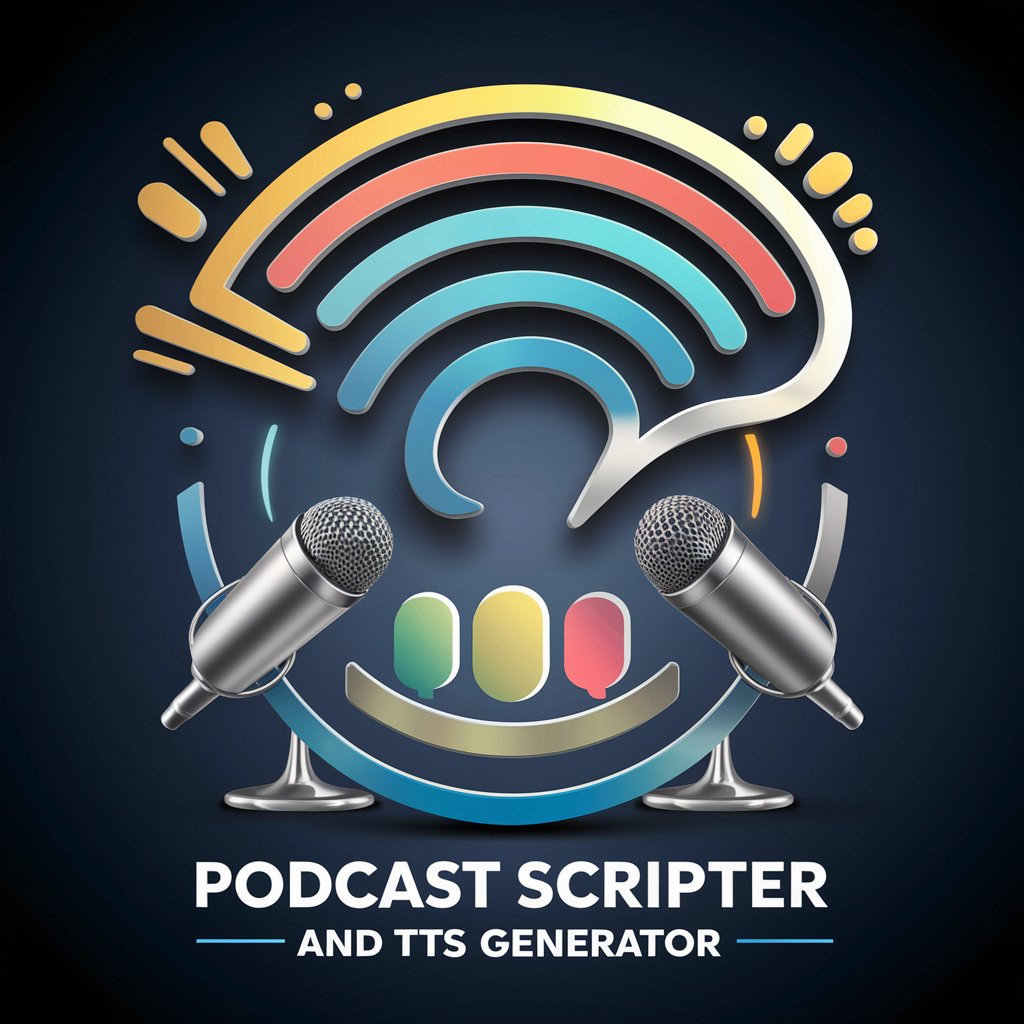Speech Synthesis Assistant - Text-to-Speech Formatting

Welcome to your Speech Synthesis Assistant.
Elevate Speech with AI-Powered Precision
To enhance speech synthesis, start by incorporating
When formatting scripts for ElevenLabs' TTS, remember to
To achieve natural-sounding pauses, use the syntax
For precise pronunciation, utilize the
Get Embed Code
Overview of Speech Synthesis Assistant
Speech Synthesis Assistant is designed to enhance YouTube video scripts for text-to-speech systems, focusing on creating formal, slow-paced, and impactful speech in American English. This specialized tool transforms scripts by emphasizing key words through capitalization to signal pauses and stressed intonation, making the speech more engaging. For instance, in a script aiming to highlight the importance of 'innovation', the word would be formatted as 'INNOVATION', instructing the text-to-speech system to pause and stress this term, thereby enhancing its impact on the audience. Powered by ChatGPT-4o。

Core Functions and Application Scenarios
Pausing and Emphasis
Example
Using syntax like '<break time="1.5s" />' to introduce natural pauses or emphasizing words in ALL CAPS for stress.
Scenario
In a documentary script about climate change, strategically placed pauses and emphasis on words like 'CRISIS' and 'ACTION' can make the message more compelling and allow viewers to reflect on the seriousness of the information.
Conveying Emotions
Example
Incorporating dialogue tags or context cues to guide the AI in generating speech with the desired emotional tone.
Scenario
For an audiobook narration, using phrases like 'he said sadly' or 'she exclaimed joyfully' helps the text-to-speech system capture the emotional nuance of the story, enhancing the listener's experience.
Pacing and Rhythm
Example
Manipulating the script to slow down or speed up speech, mimicking natural speech patterns.
Scenario
In an educational video explaining complex scientific concepts, carefully controlling the speech pace can help ensure that the audience has enough time to comprehend the information presented.
Target User Groups for Speech Synthesis Assistant Services
Content Creators
YouTube video producers, podcasters, and audiobook creators who aim to deliver high-quality, engaging, and accessible content. They benefit from enhanced speech synthesis that makes their narratives more compelling and easier to follow.
Educational Professionals
Teachers and educators creating digital learning materials. The ability to emphasize key terms and control pacing aids in presenting complex information in an understandable and memorable way.
Marketing and Corporate Communication
Professionals in marketing and corporate communication crafting messages for ads, presentations, and training materials. They need to ensure their messages are impactful and clearly understood, making precise speech synthesis an invaluable tool.

How to Use Speech Synthesis Assistant
Start Your Journey
Initiate your experience by visiting yeschat.ai for a complimentary trial, accessible without any registration or subscription requirements.
Select a Voice
Choose from a diverse range of voices to find the one that best suits your content's tone and context. Consider the audience, purpose, and emotional tone of your project.
Prepare Your Script
Craft or upload your script, emphasizing KEY WORDS in ALL CAPS to indicate pauses and stressed intonation for enhanced speech dynamics.
Utilize Advanced Features
Experiment with the Speech Synthesis Markup Language (SSML) for precise control over pause duration, pronunciation, and emotional tone to refine your speech.
Preview and Adjust
Listen to the synthesized speech preview. Make any necessary adjustments to your script or settings to ensure the output meets your expectations.
Try other advanced and practical GPTs
AI Voice Programmer
Bringing Text to Life with AI

VISISO
Empowering Vision-Impaired with AI

Vivid Narrator
Bringing Text to Life with AI

Flashcard Creator
AI-powered Language Learning Simplified

Voice Script Assistant
Refining Speech with AI Power

ST-Test-MS-azure-TTS
Transforming Text Into Lifelike Speech

Audible AI Textbook Teacher
Unlock knowledge through AI-powered auditory learning.

Python Ninja
Elevate your Python skills with AI power

TTS AI Developer
Bringing Text to Life with AI

Podcast Scripter and TTS Generator
Craft and vocalize engaging podcasts with AI.

Mozilla TTS Expert
Empower your projects with AI-driven speech

Discount Detective
Unlock savings with AI-powered discount discovery

Frequently Asked Questions about Speech Synthesis Assistant
What is Speech Synthesis Assistant?
It's a sophisticated tool designed to format scripts for text-to-speech systems, enhancing speech delivery by emphasizing key words, managing pauses, and modulating pacing for impactful communication.
How can I make the speech sound more natural?
Utilize the <break time="x" /> tag to add natural pauses, emphasize KEY WORDS in ALL CAPS for stress and intonation, and use SSML tags for precise pronunciation and emotional cues.
Can Speech Synthesis Assistant handle different languages?
The assistant is primarily designed for American English. However, it supports standardized pronunciation alphabets like IPA and CMU Arpabet for specific pronunciations.
Is it suitable for professional use?
Absolutely. Its capabilities are ideal for creating high-quality, engaging speech for presentations, e-learning content, and any professional setting requiring clear, impactful communication.
How does one incorporate emotions into the speech?
Write in a narrative style to indicate desired emotions, using phrases like 'he said confusedly' or 'she shouted angrily'. The system interprets these cues to modulate the voice tone accordingly.
